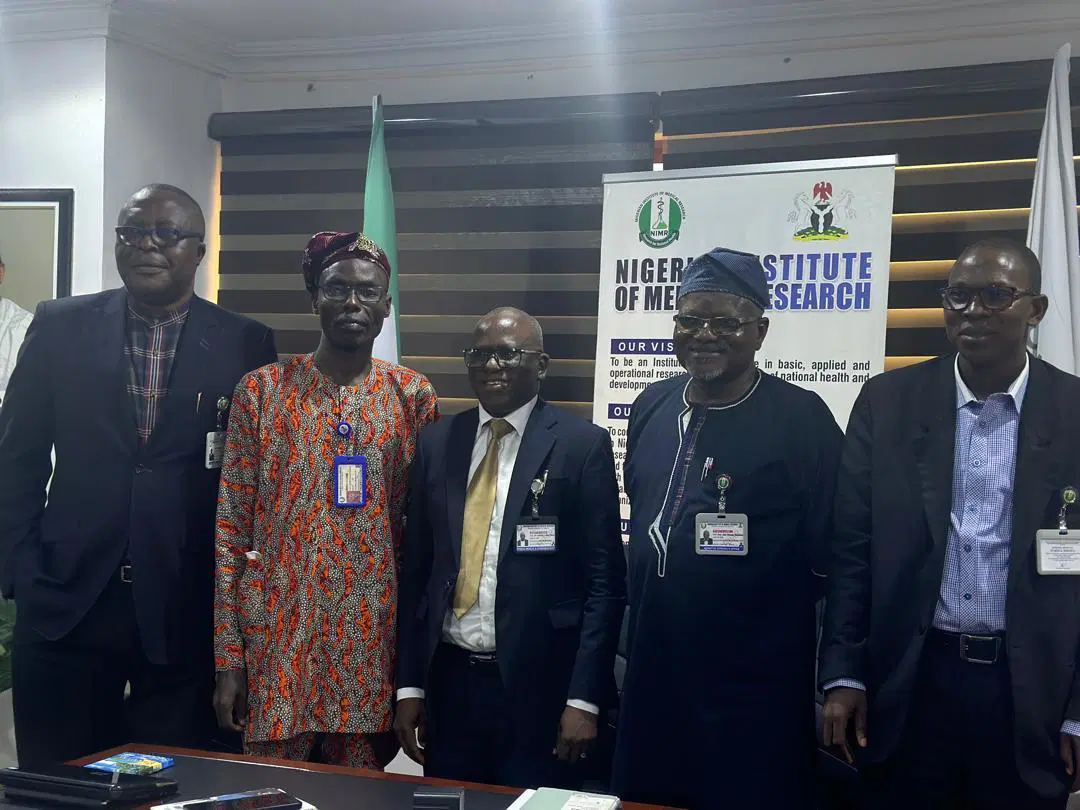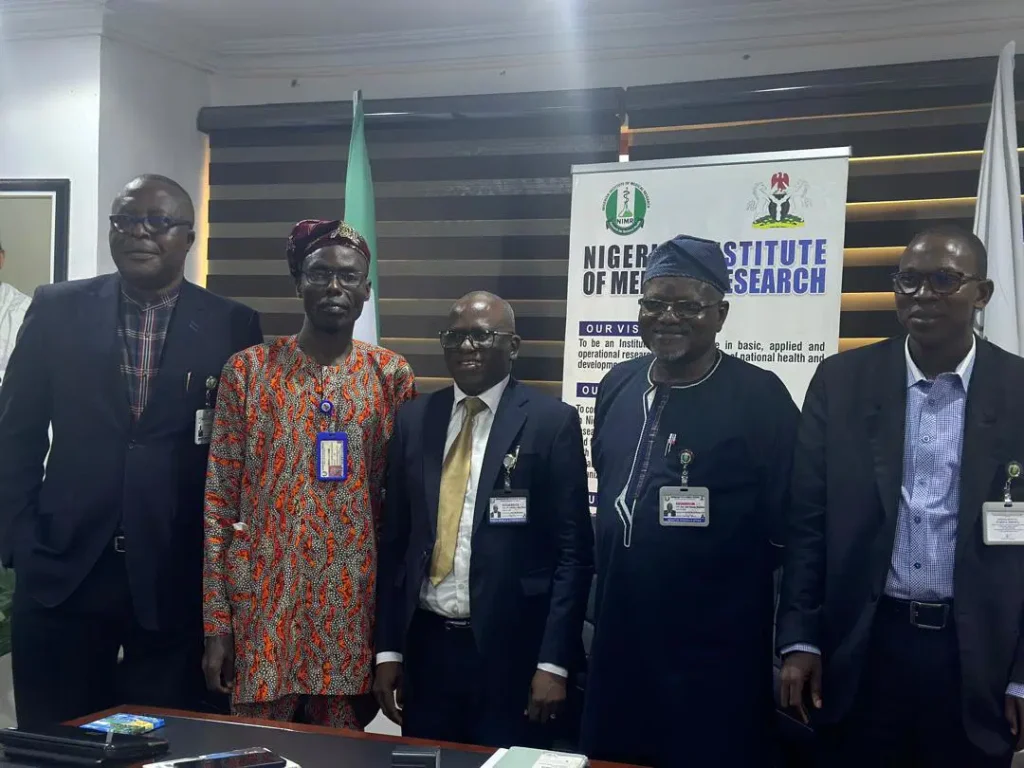
Source: Chioma Obinna

After decades of suffering and disability caused by river blindness, Nigeria is making significant strides toward eliminating the disease nationwide. Health officials have confirmed that onchocerciasis transmission has been interrupted in at least 10 states, including Kaduna, Nasarawa, Anambra, and Abia. Yet, the fight is far from over—over 50 million Nigerians remain at risk.
River blindness, or onchocerciasis, is caused by the Onchocerca volvulus parasite, transmitted through the bites of infected blackflies that breed near fast-flowing rivers. It is the second leading cause of infectious blindness globally and is prevalent in sub-Saharan Africa.
But thanks to a bold national strategy and sustained treatment efforts, Nigeria is transitioning from disease control to complete elimination—a monumental shift in public health policy.
Dr. Babatunde Adewale, Director of Research at the Nigerian Institute of Medical Research (NIMR), explained that communities that have undergone over 10 years of ivermectin treatment are now being tested for transmission status using blood samples from children under 10.
“If these children test negative, we can confirm that transmission has been interrupted in those areas,” he said.
This rigorous testing involves over 3,000 blood samples per community, analyzed using the OV-16 antigen serology test. If positive cases fall below 0.1%, the area is declared transmission-free.
Since the 1990s, Nigeria has relied on mass drug administration (MDA) using ivermectin—a safe, effective drug donated freely by global partners. Now, with mounting scientific evidence from countries like Nigeria, Mali, and Senegal, the global health community is pushing for full elimination by 2030.
“The treatment model we use is called community-directed treatment with ivermectin (CDTI),” said Adewale. “Villagers are trained to treat themselves. It’s a model of empowerment, dignity, and hope.”
Despite remarkable progress, several challenges threaten to slow momentum:
Senior researchers like Dr. Kazeem Osuolale have advocated for community engagement and economic empowerment to improve adherence to treatment and healthcare access.
Experts at NIMR are also warning that climate change is increasing the risk of vector-borne diseases like malaria. Findings show a steady temperature rise in Lagos since 1988, which, coupled with poor housing, makes using mosquito nets impractical for many families.
Dr. Adeniyi Adeneye, a research fellow, added that public health education is critical: “Medical innovations won’t succeed unless people understand how diseases spread and how to prevent them.”
Nigeria’s elimination roadmap consists of three phases:
With over 37 million people treated and strong collaboration between NIMR, the Ministry of Health, and WHO, Nigeria is poised to become the first high-burden African country to eliminate river blindness.
The fight against river blindness is more than just a medical campaign—it’s a story of community resilience, scientific innovation, and government commitment.
As Dr. Adewale put it:
“People used to fear this disease would steal their sight and their lives. Now, they are leading the charge to eliminate it.”
C